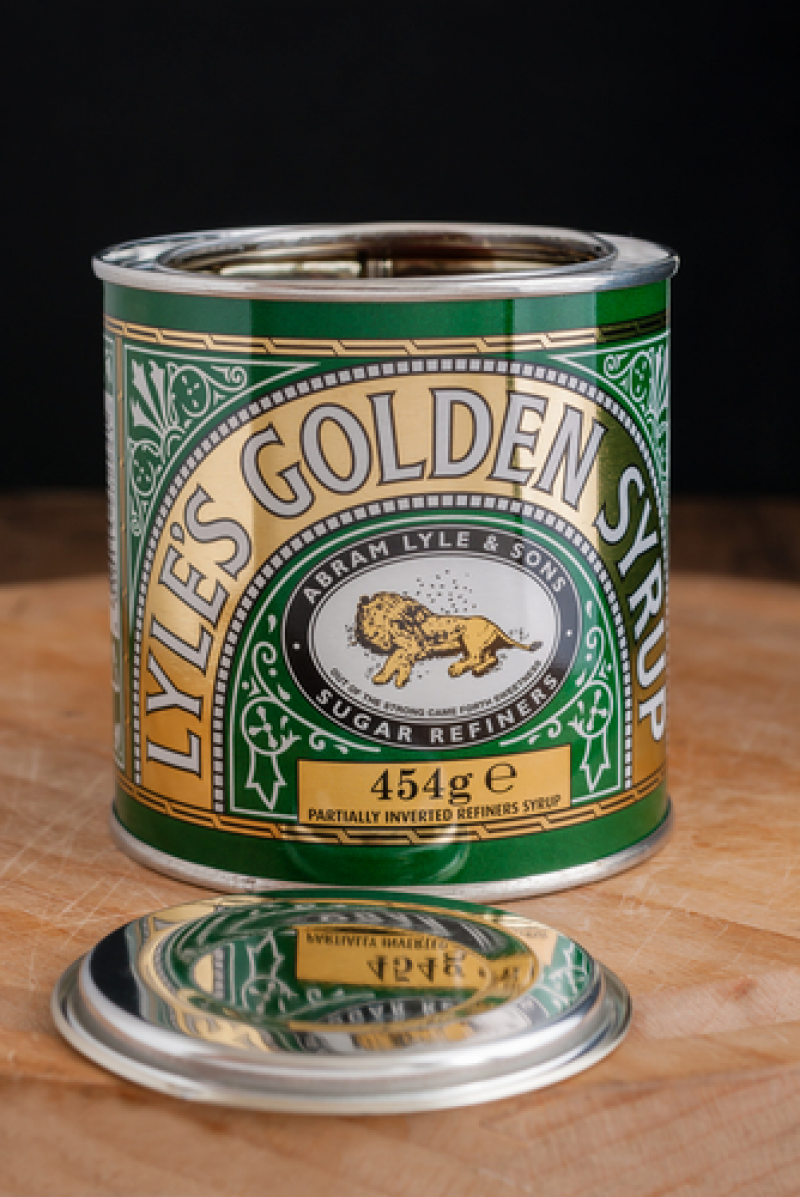 Distinctive packaging
Distinctive packagingYou've likely heard of a trademark, which refers to a distinctive mark, symbol, or phrase registered with the Patent and Trademark Office to assure its exclusive rights. You may be less familiar with trade dress, however. Rather than your company's specific logo, name, or mark, trade dress covers the look and feel of materials that help make them unmistakable to consumers. This could consist of the packaging, or labeling of products, or even the color scheme of your facilities. Think the unique shape of a glass Coca-Cola bottle, the primary colors of Google products, or even the red wax on a Maker's Mark bourbon bottle.
Companies spend time and money to create the unique look and feel that sets them apart from their competitors and creates a lasting memory in consumers' minds. So, another company infringing on that look and feel is a serious issue. Here are the basics for registering your trade dress to protect its use.
Registration with USPTO
In terms of applying to register your trade dress with the US Patent and Trademark Office, there's not much difference from a trademark application. All of the same information must be provided. That includes a description of the trade dress, identification of the specific product or service to be covered, and the appropriate application fee. However, there are two important requirements that will help you decide whether or not your trade dress is registrable.
Nonfunctional Trade Dress
Functional trade dress cannot be registered with the USPTO, even if it satisfies all other requirements. It may sound odd that only nonfunctional trade dress can be protected, but this simply means that it's not an integral part of the product or service. Not only should trade dress not be essential to the use of a product, but it also should not affect the cost or quality. For example, the recognizable blue box of Tiffany & Co. is registered as trade dress, but a unique feature of their rings or diamonds would not be registrable as trade dress.
Trade Dress Must Be Distinctive
As with most registered intellectual property, your trade dress needs to be distinctive and easily recognizable by consumers. There are actually two categories that can satisfy this requirement. Your trade dress can be inherently distinctive, which means that consumers connect its use to your specific business and attribute any products or services presented with your trade dress to you. Or, your trade dress can have acquired secondary meaning. This means that the public at large has developed an association between the trade dress and the brand, or producer, regardless of what product it's presented with.
If you have questions about how to protect your intellectual property and protect your business, or need help enforcing trademarks and trade dress, contact us at Brown Patent Law: 918-615-3357.